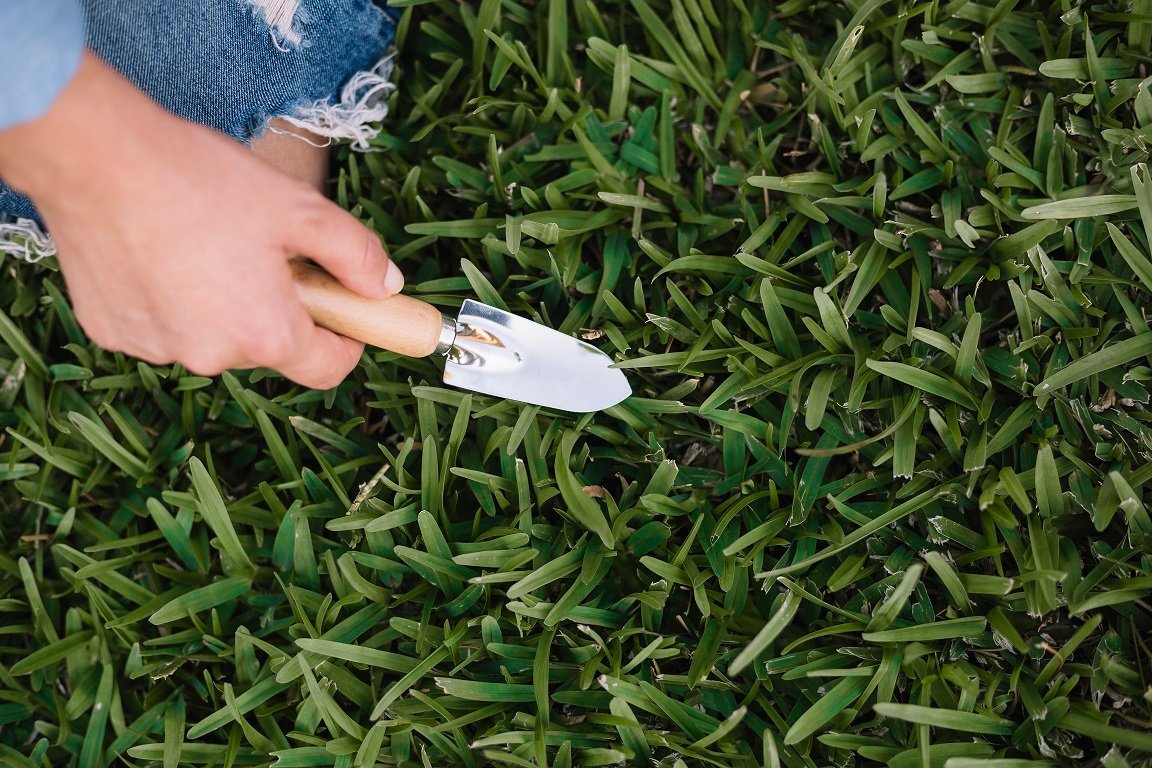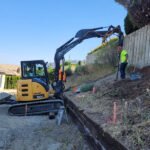Artificial lawns have become a popular choice for homeowners and businesses seeking a low-maintenance, durable, and aesthetically pleasing alternative to natural grass. Whether you’re considering artificial turf grass for your backyard, pool artificial grass around your swimming area, commercial turf for a business setting, or patio grass to enhance your outdoor living space, understanding the factors that influence the lifespan of your artificial lawn is crucial. Proper installation, quality materials, usage patterns, and environmental conditions all play significant roles in determining how long your synthetic grass will last.
1. Quality of Materials
The longevity of your artificial lawn begins with the quality of the materials used. High-quality artificial turf grass is typically made from UV-resistant polyethylene or nylon fibers, which are more durable and resistant to fading compared to lower-quality options. Inferior materials can degrade faster, leading to discoloration and wear. Investing in premium materials ensures that your lawn maintains its appearance and functionality for a longer period.
2. Professional Installation
Proper installation is critical to the lifespan of your artificial lawn. Incorrect installation can lead to issues such as uneven surfaces, poor drainage, and premature wear. For instance, when installing pool artificial grass, it’s essential to ensure adequate drainage to prevent water pooling, which can damage the turf and promote mold growth. Hiring experienced professionals ensures that the turf is installed correctly, with proper base preparation and secure anchoring, thereby extending its life.
3. Usage Patterns
The amount and type of foot traffic your artificial lawn receives significantly impact its durability. High-traffic areas, such as pathways or play zones, may experience more wear and tear. For commercial turf installations, areas with heavy foot traffic should be reinforced with higher-density turf to withstand the increased load. Regular maintenance, such as brushing the fibers and adding infill, can help maintain the turf’s structure and appearance.
4. Environmental Conditions
Exposure to harsh environmental conditions can affect the lifespan of your artificial lawn. Prolonged exposure to direct sunlight can cause the fibers to fade over time, especially if the turf lacks UV protection. Additionally, areas with extreme weather conditions, such as heavy rainfall or snow, can lead to drainage issues and potential turf damage. Choosing turf designed for specific climates and ensuring proper drainage systems are in place can mitigate these effects.
5. Maintenance Practices
Regular maintenance is essential to keep your artificial lawn in optimal condition. Routine tasks include removing debris, cleaning up pet waste promptly, and brushing the fibers to prevent matting. For patio grass installations, periodic rinsing can help remove dust and debris, keeping the surface clean and inviting. Neglecting maintenance can lead to the accumulation of dirt and debris, which can cause the turf to deteriorate more quickly.
6. Pet Usage
If you have pets, it’s important to consider their impact on your artificial lawn. While many artificial turf grass options are designed to be pet-friendly, regular cleaning is necessary to prevent odors and maintain hygiene. Turf with antimicrobial properties can help reduce bacterial growth. Additionally, ensuring that the turf has proper drainage will prevent urine from pooling and causing damage to the fibers.
7. Infill Materials
Infill materials play a vital role in the performance and longevity of your artificial lawn. They provide ballast, support the turf fibers, and aid in drainage. Common infill materials include silica sand and rubber granules. Choosing the right infill material for your specific application, such as using a softer infill for pool artificial grass to enhance comfort, can improve the turf’s durability and performance.
8. Proper Drainage Systems
Effective drainage is crucial to prevent water from pooling on your artificial lawn, which can lead to turf damage and the growth of mold or mildew. When installing commercial turf or pool artificial grass, it’s essential to ensure that the base is properly graded and that the turf has adequate perforations to allow water to drain efficiently. Regularly checking and maintaining the drainage system will help prolong the life of your artificial lawn.
Conclusion
Understanding the factors that influence the lifespan of your artificial lawn can help you make informed decisions and take appropriate actions to maintain its appearance and functionality. By investing in high-quality materials, ensuring professional installation, considering usage patterns, adapting to environmental conditions, practicing regular maintenance, accommodating pet usage, selecting appropriate infill materials, and maintaining proper drainage systems, you can enjoy a beautiful and durable artificial lawn for many years to come.
If you’re considering installing artificial turf grass, pool artificial grass, commercial turf, or patio grass, it’s advisable to consult with professionals who can provide tailored solutions to meet your specific needs and ensure the longevity of your investment.


